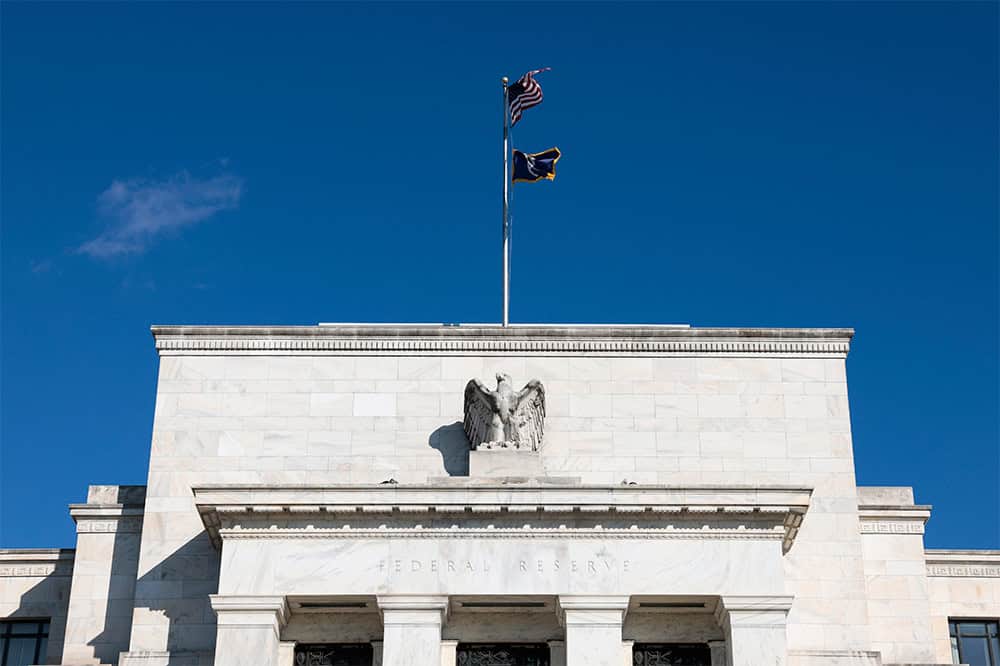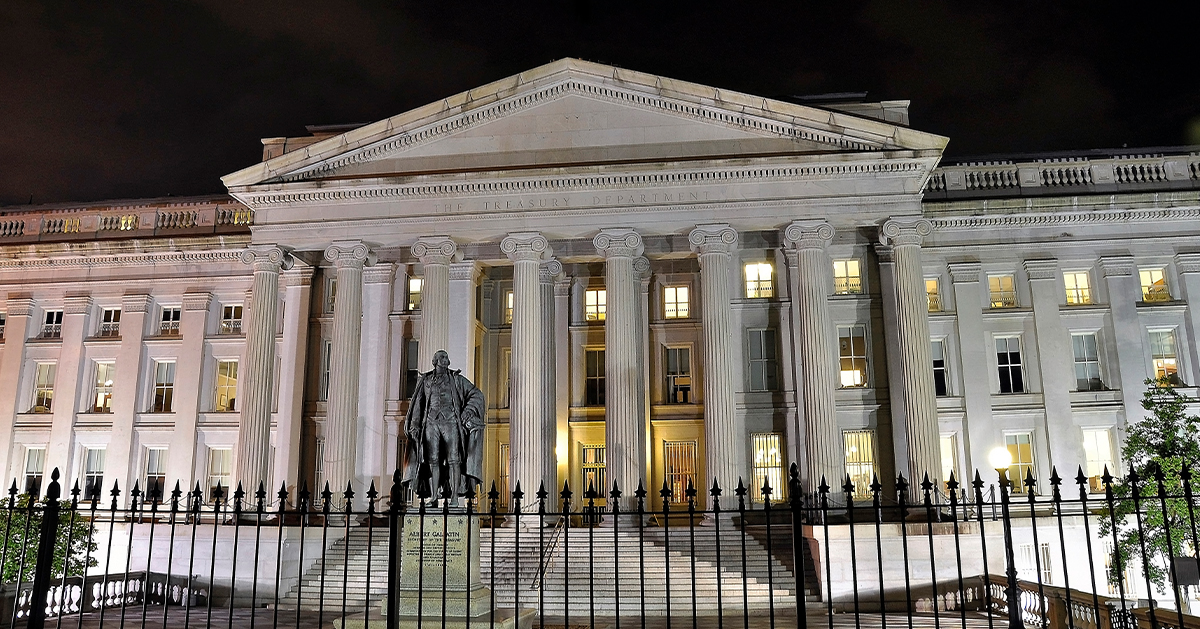Programs that millions of Americans depend on and care about may be feeling a squeeze from interest costs on our high and rising national debt.
The Congressional Budget Office (CBO) projects that interest payments will total $952 billion in fiscal year 2025 and rise rapidly throughout the next decade — climbing from $1 trillion in 2026 to $1.8 trillion in 2035. In total, net interest payments will total $13.8 trillion over the next decade. Relative to the size of the economy, interest costs in 2026 would exceed the post-World War II high of 3.2 percent from 1991. Such costs would rise to 4.1 percent of gross domestic product (GDP) in fiscal year 2035, if current law remains the same.
The federal government already spends more on interest than on budget areas such as:
- Defense
- Medicaid
- Federal spending on children
- Income security programs, which include programs targeted to lower-income Americans such as the Supplemental Nutrition Assistance Program; earned income, child, and other tax credits
- Veterans’ benefits
In fact, interest payments will exceed the amount that the federal government spends on Medicare (net of offsetting receipts) this year, leaving Social Security the only program larger than net interest.
Looking ahead, lawmakers should chart a more stable, sustainable path for the federal budget that would alleviate the growing interest burden and help ensure that there is room in the budget for national priorities.
Image credit: Photo by Getty Images
Further Reading
What Is R Versus G and Why Does It Matter for the National Debt?
The combination of higher debt levels and elevated interest rates have increased the cost of federal borrowing, prompting economists to consider the sustainability of our fiscal trajectory.
High Interest Rates Left Their Mark on the Budget
When rates increase, borrowing costs rise; unfortunately, for the fiscal bottom line, that dynamic has been playing out over the past few years.
Debt vs. Deficits: What’s the Difference?
The words debt and deficit come up frequently in debates about policy decisions. The two concepts are similar, but are often confused.


